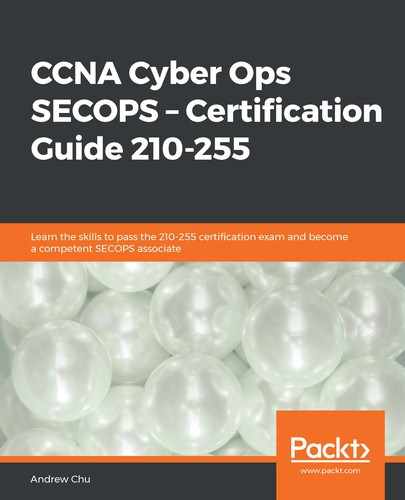When a packet is larger than the path maximum transmission unit (MTU) (for example, 1,500 bytes for Ethernet II), the packet must be split into fragments by the sending node. In IPv4, each fragment is tagged with a unique identification field to assist with reassembly at the receiving end.
In addition to the identification field, flags are used to control how fragmentation occurs. If a packet is marked Don't Fragment (DF), but the packet is too large to send without doing so, the packet is dropped. If the More Fragments (MF) flag is present, but no more follow, the field will eventually time out without being sent on.
In IPv6, extension headers are used to control fragmentation.
